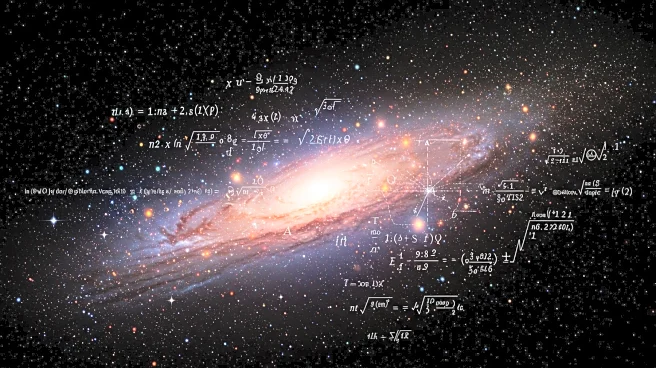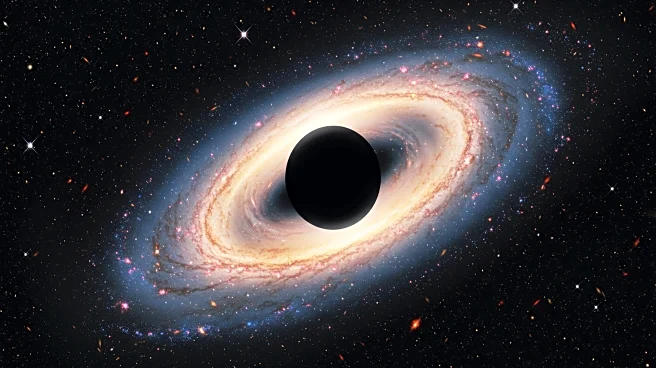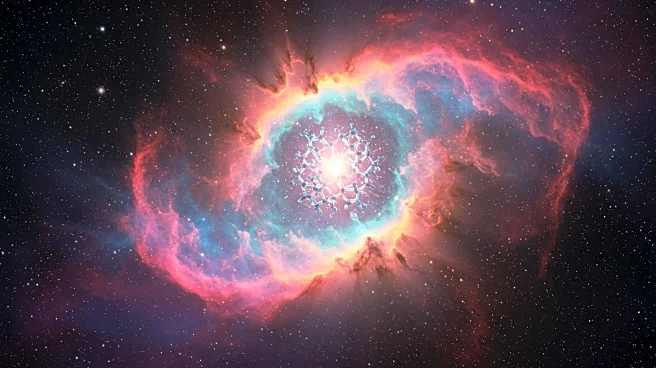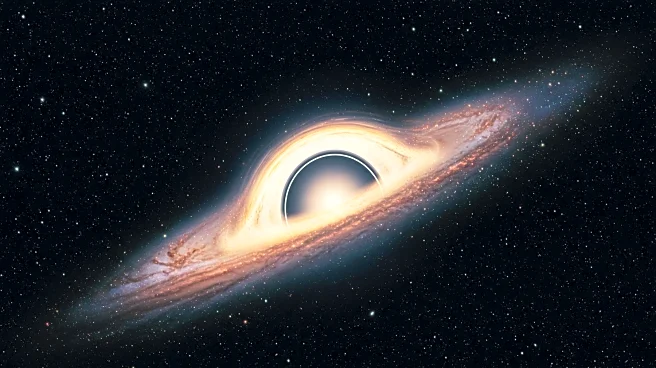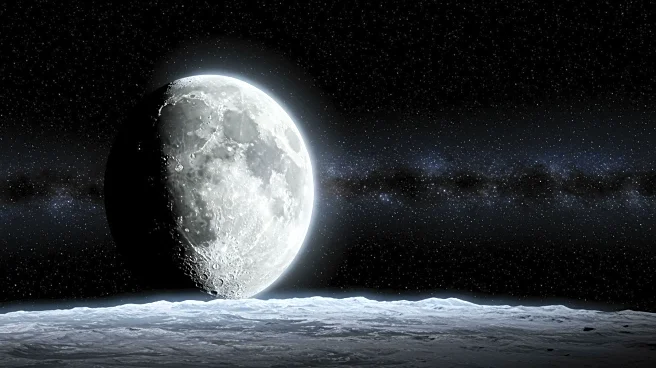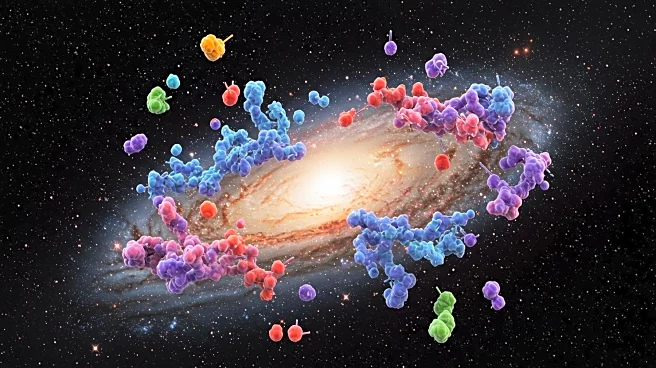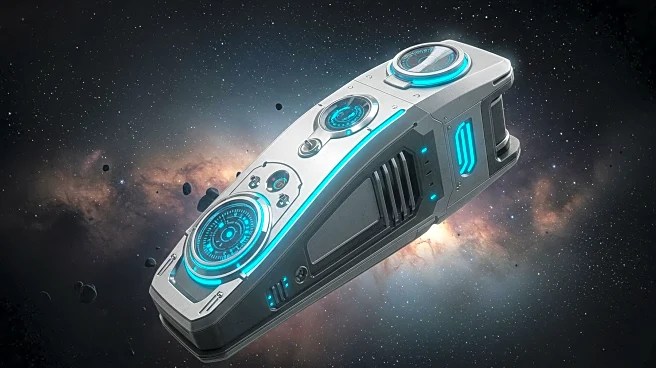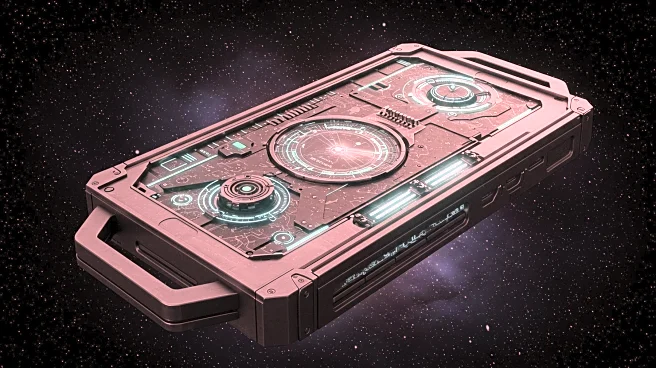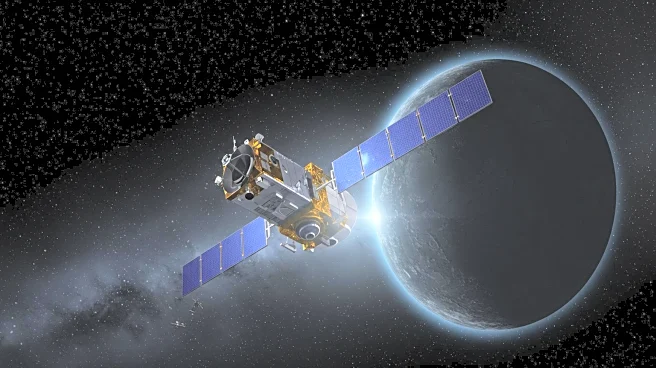What is the story about?
What's Happening?
A researcher from the University of Queensland has developed a new mathematical model to explain the universe's evolution, incorporating collapsing matter and expanding voids. This model, based on data from the Dark Energy Spectroscopic Instrument, aims to address major cosmological issues such as Hubble tension and dynamical dark energy. By accounting for the universe's structural complexity, the model provides a framework for calculating the impact of these structures on cosmological measurements without invoking new physics.
Why It's Important?
The new model offers a potential solution to longstanding problems in cosmology, such as the discrepancy in the universe's expansion rate known as Hubble tension. By considering the impact of voids and collapsing regions, the model provides a more accurate representation of the universe's evolution. This approach could lead to a better understanding of dark energy and its role in cosmic expansion, influencing future research and theories in cosmology. The model's ability to resolve these issues without new physics marks a significant advancement in the field.
Beyond the Headlines
The model's implications extend beyond resolving Hubble tension and dynamical dark energy. It challenges the standard cosmological model by introducing a more complex view of the universe's structure. This could lead to new insights into the interactions between different cosmic entities, such as stars, black holes, and galaxy clusters. The model's ability to incorporate these interactions without new physics suggests a shift in how cosmologists approach the study of the universe, potentially influencing future research directions.
AI Generated Content
Do you find this article useful?
